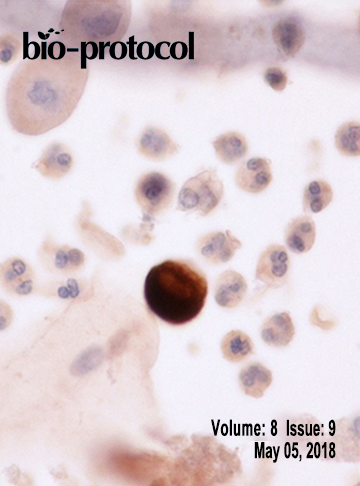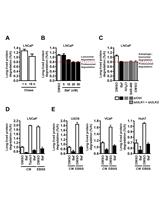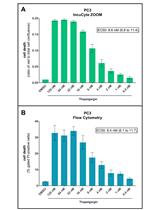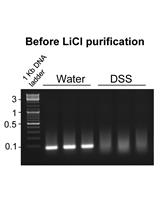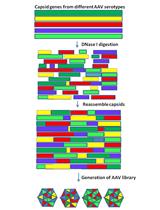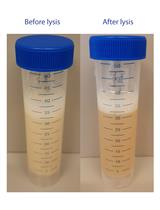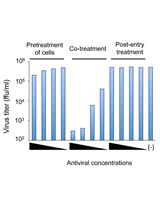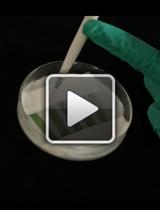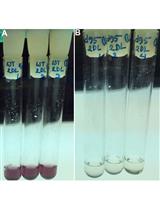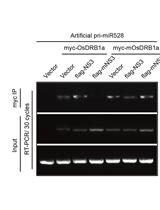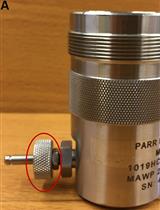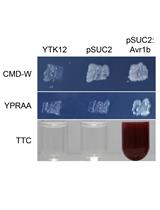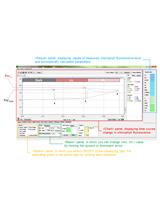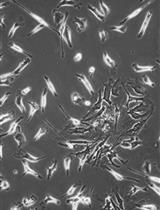- Protocols
- Articles and Issues
- About
- Become a Reviewer
Past Issue in 2018
Volume: 8, Issue: 9
Biochemistry
The Long-lived Protein Degradation Assay: an Efficient Method for Quantitative Determination of the Autophagic Flux of Endogenous Proteins in Adherent Cell Lines
Cancer Biology
An Image-based Assay for High-throughput Analysis of Cell Proliferation and Cell Death of Adherent Cells
Cell Biology
Quantifying Podocytes and Parietal Epithelial Cells in Human Urine Using Liquid-based Cytology and WT1 Immunoenzyme Staining
Immunology
Purification of Total RNA from DSS-treated Murine Tissue via Lithium Chloride Precipitation
Nab Escaping AAV Mutants Isolated from Mouse Muscles
Microbiology
Heterologous Expression and Purification of the CRISPR-Cas12a/Cpf1 Protein
Time-of-addition and Temperature-shift Assays to Determine Particular Step(s) in the Viral Life Cycle that is Blocked by Antiviral Substance(s)
Infection Process Observation of Magnaporthe oryzae on Barley Leaves
Glycogen and Extracellular Glucose Estimation from Cyanobacteria Synechocystis sp. PCC 6803
Detecting the Interaction of Double-stranded RNA Binding Protein, Viral Protein and Primary miRNA Transcript by Co-immunoprecipitation in planta
Assessing the Efficacy of Small Molecule Inhibitors in a Mouse Model of Persistent Norovirus Infection
A Modified Low-quantity RNA-Seq Method for Microbial Community and Diversity Analysis Using Small Subunit Ribosomal RNA
Molecular Biology
Mammalian Cell-derived Vesicles for the Isolation of Organelle Specific Transmembrane Proteins to Conduct Single Molecule Studies
Plant Science
Functional Evaluation of the Signal Peptides of Secreted Proteins
Evaluation of the Condition of Respiration and Photosynthesis by Measuring Chlorophyll Fluorescence in Cyanobacteria
Stem Cell
Cobblestone Area-forming Cell Assay of Mouse Bone Marrow Hematopoietic Stem Cells


